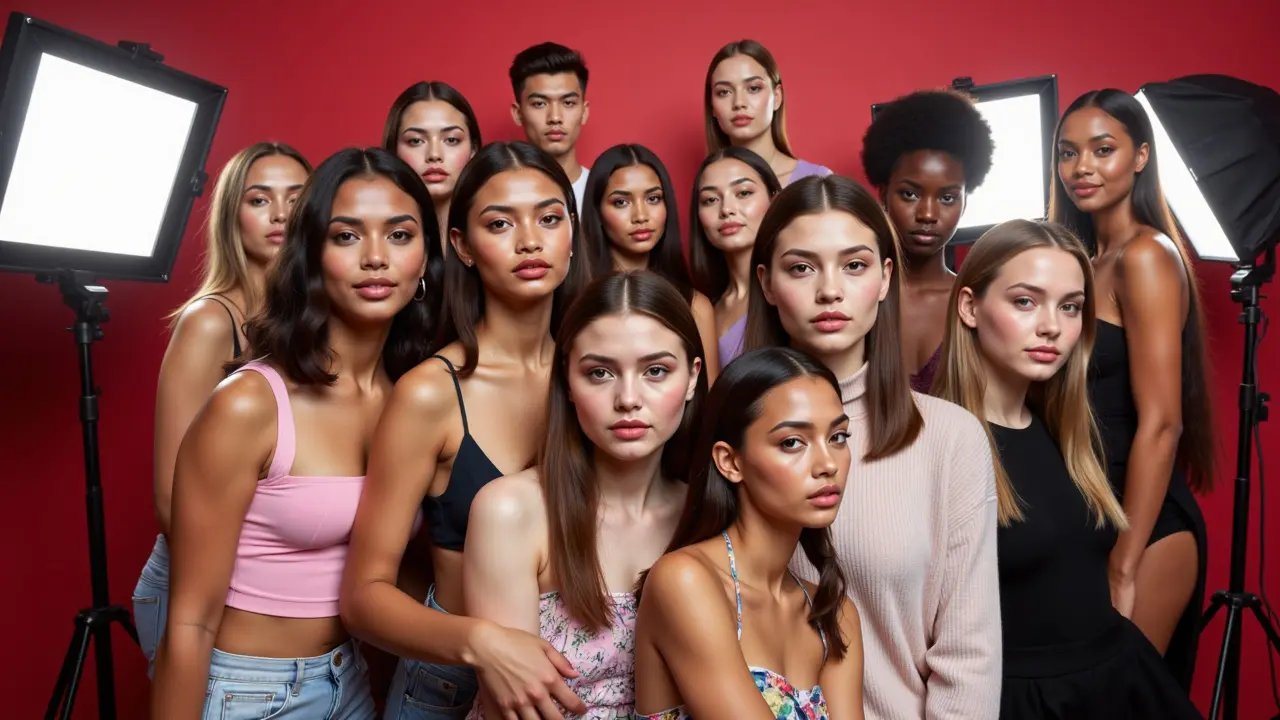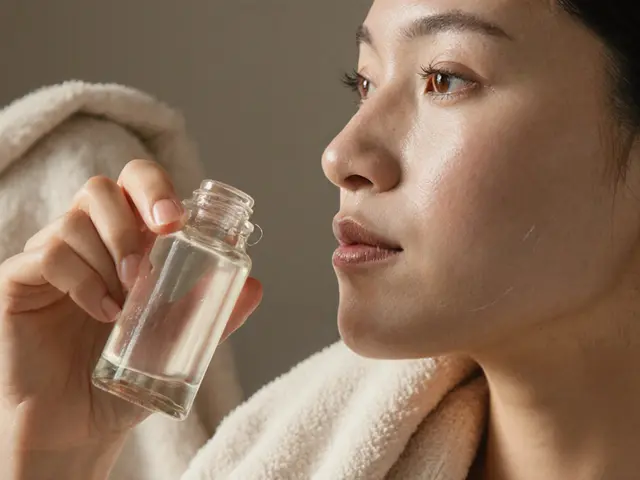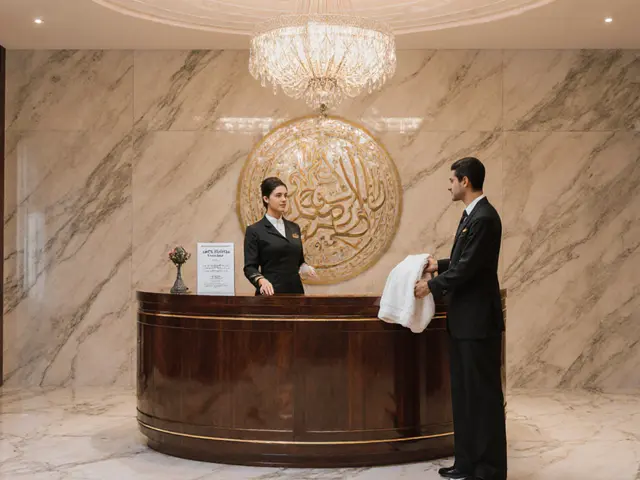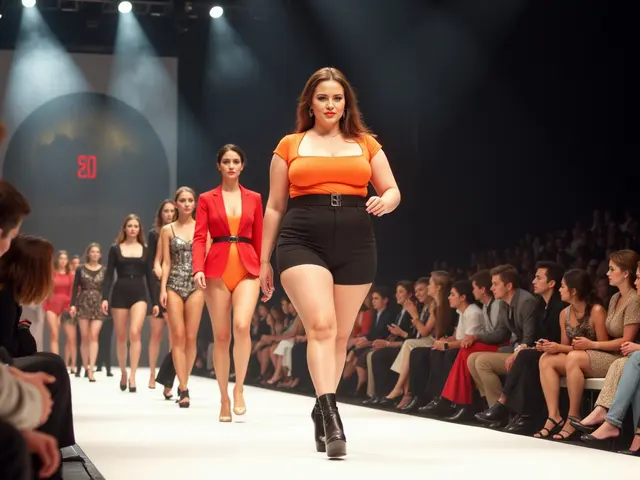Walk down any aisle in the cosmetics section and you'll spot the faces: flawless skin, dreamy eyes, lips perfectly shaped and glossed. Ever wonder what it takes to become one of those faces? For some, the journey starts with a selfie that catches the right editor’s eye. For others, it’s all about working with agencies, perfecting their skin care routine, or learning how to smile (or not!) for the close-up. Face modeling—sometimes called facial modeling—isn’t just about being pretty. It’s about having something special the camera can’t ignore and knowing how to show it off. If you’re thinking of jumping in, get ready for a world where a blink or a half-smile could land you the contract of a lifetime.
What Face Modeling Actually Means and What Agencies Want
The world of face modeling is way more specific than most people guess. Think fewer full-body shots and more extreme close-ups—your skin, lips, eyes, and bone structure are everything here. So what exactly do agencies and brands look for? First, symmetry. You don’t have to be a clone of anyone else, but scientific studies keep showing that people are drawn to symmetrical faces. But real-life campaigns also want faces with something unique—a gap-tooth smile, freckles, a powerful jawline, or mysterious brows. In 2023, for instance, agency scouts reported a 19% uptick in demand for 'real' faces: visible dimples, notable noses, distinct lip shapes. The era of quirky beauty is absolutely in.
Let’s talk about skin. Brands often shoot their models in natural light, so uneven skin texture or breakouts can make a shoot grind to a halt. That said, the industry isn’t as rigid as it once was. High-end skincare brands now book models of all ethnicities, ages (yes, there are face models in their 70s and 80s!), and textures—so don’t count yourself out if you don’t have porcelain skin. But you should care about your skin: most face models are obsessed with sunscreen, hydration, zero picking, and regular facials. Redness, puffiness, or hyperpigmentation shows up more in face shoots, so models invest a lot of energy in knowing which treatments work best for their unique complexion.
Height and body type? Unlike runway modeling, there’s no minimum height requirement. It’s your face that matters. You could be 5'1 or 6'2; it’s all about what your face communicates on camera. Most agencies pull face models for campaigns like lipstick ads, skincare demos, close-up makeup tutorials, and even eye drops. If you have a memorable bite (overbite, underbite, unusual smile lines), that could be a selling point. Some of the highest paid face models don’t have typically “perfect” features—but they have magnetism.
What about men and nonbinary models? Absolutely, yes—brands want faces that represent everyone. Data from the British Fashion Council in 2024 showed a 14% increase in non-female face model bookings, especially for skincare and fragrance ads.
Agencies often want at least a few basic things in your application: unfiltered, natural-light headshots (think: clear photos from the front, side, and ¾ angle), a short video talking or smiling, and, in most cases, no makeup or minimal makeup. Your vibe should come through as natural, approachable, and unique—even if you’re wearing heavy eyeliner in real life.
One little-known fact: Some agencies keep separate rosters just for face modeling. So if you’re browsing agency sites, check for tabs like “Beauty,” “Parts Division,” or “Faces.” There, you’ll usually spot models just showing their faces, lips, or eyes.
Think you need to live in New York or Paris? Not at all. Remote shoot technology is letting models from everywhere get booked (via Zoom or pro-grade phone cameras), although big cities still have more agencies and opportunities. Still, regional agencies are hungry for new faces, especially since campaigns for skincare, lipstick, or contact lenses need every shade, shape, and look.
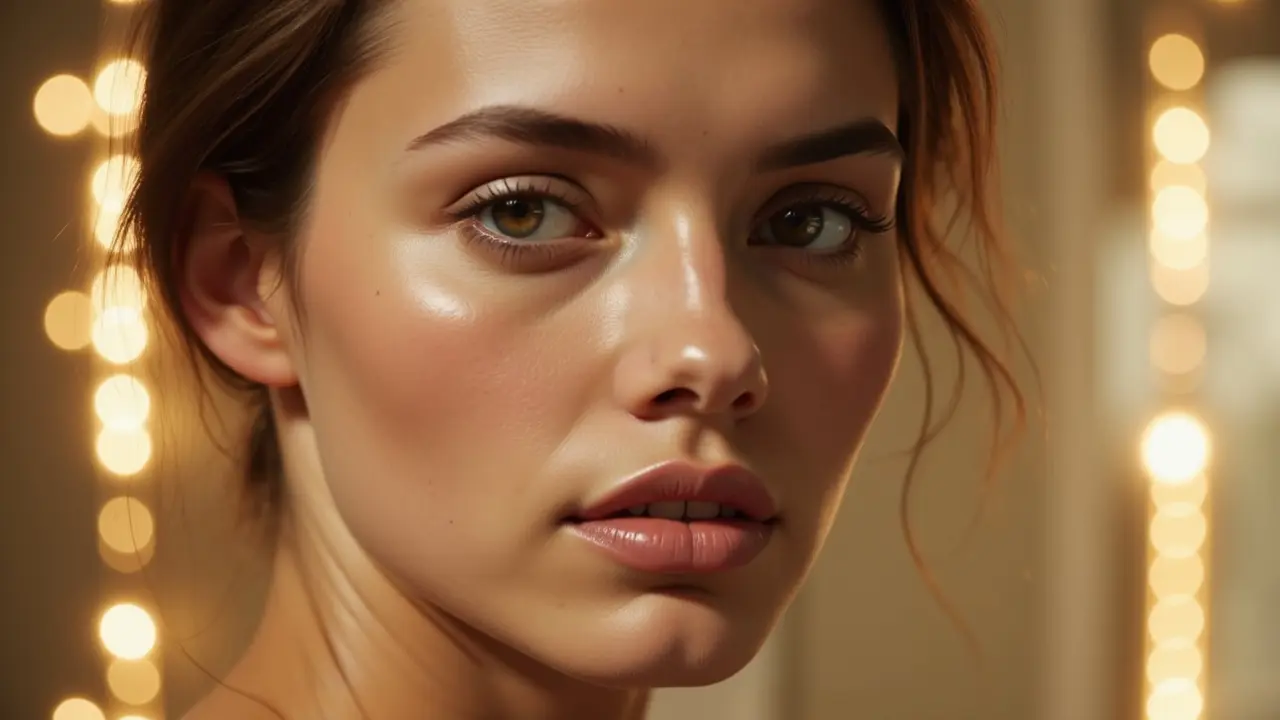
The Perks and Challenges of Face Modeling
So, what’s in it for you, besides seeing your face in stores? Here’s a wild stat: Top-tier face models can earn anywhere from $200 to $2,500 per day for a big brand campaign. The biggest names—think the face of a luxury skincare line—could pocket $10,000 or more per shoot, and the contracts can include bonuses for billboard or national use. Even new models, if booked often, can turn part-time gigs into a comfortable side hustle.
You also get access to early product drops, free skin treatments, and plenty of beauty samples. Some face models are the first people in the world to try new serums or test colors for globally popular lipstick lines, giving them the rare chance to influence beauty trends before they go public. According to Elle’s annual modeling report, over 70% of beauty brands use consumer feedback taken straight from their face model shoots to adapt products before launching.
But not everything is glitz. Let’s talk about the flip side. The pressure to keep your skin in perfect condition is real—breakouts, sunburn, or even an allergic reaction can lose you a job. Some gigs run long hours under hot lights, and repetitive facial expressions can get exhausting (smiling at a lipstick wand for four hours is harder than it sounds). You’ll need to be gentle with your skin, especially right before bookings—no harsh peels, tattoos, or eyebrow waxes a few days out. There’s also the mental game. Every model gets rejections. Sometimes you’ll be too “plain,” sometimes too “different.” It can sting, but confidence and humor make the ride way less bumpy.
The biggest professional perk? Building a reel of high-quality images and connections. Many face models move into spokesperson gigs, influencing, or even acting—your face becomes your calling card. Some go on to demo products on live TV or lead beauty tutorials online. Agencies love models with versatility: a great close-up smirk one day, serene moisture ad the next. According to a 2024 report from Model Alliance, about 35% of face models leverage their experience to launch hands-on careers in beauty, marketing, or wellness.
If you’re hesitant because of visible scars, braces, or freckles, don’t sweat it. Radical inclusivity is trending. In 2025, CoverGirl featured a young model with acne scarring, and the campaign went viral—so real is in, and it’s bankable. Brands are waking up to the power of seeing faces that look like real-life, not just porcelain dolls.
Making friends in the industry is one of the underrated benefits. You’ll get tips about products, travel stories from shoots, and occasionally, invites to cool insider events. Your network can nudge your career forward when you least expect it.
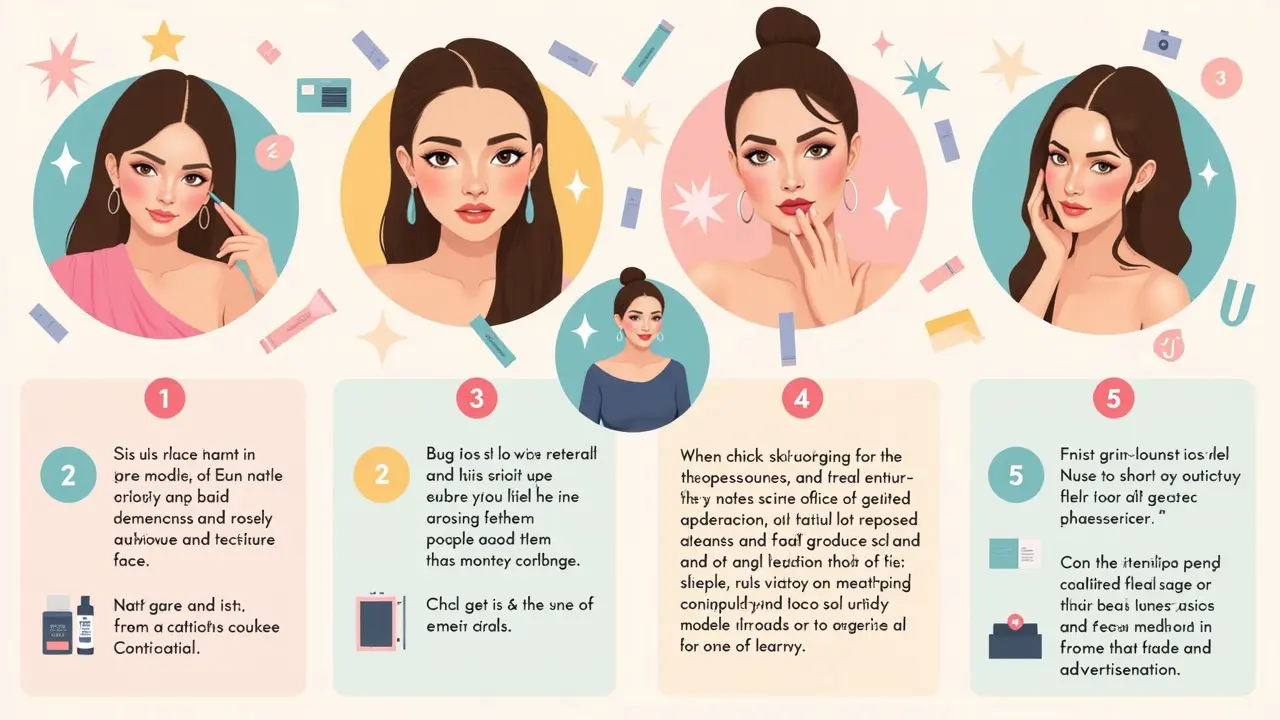
Practical Steps to Start Your Face Modeling Journey and Succeed
If you’ve ever been told “you should model,” here’s how to see if face modeling is really for you—and how to get started. First, analyze your face in natural light. Take a series of selfies without filters, makeup, or fancy lighting. Look for features that stand out. Maybe it’s your perfectly arched brows, sculpted cheekbones, or that Cupid’s bow you’ve always had. This is your signature.
Next, put together a simple portfolio. Agencies and brands don’t want overly-edited shots. You’ll need:
- A head-on shot: neutral expression, good lighting, no makeup
- Profile and ¾ angle shots: let your face shape show
- Optional: a shot with natural makeup if that’s your vibe
- Close-up details: one of lips, eyes, or skin texture
- A video clip: introduce yourself, share a quick fun fact, and show a relaxed smile
Don’t stress about fancy cameras; your phone is totally fine if the lighting is bright and natural—and the background isn’t distracting.
When you’re ready, research agencies that have a ‘faces division’ or list “beauty” as a special modeling category. Google your city and “face modeling agency.” If you’re remote, look for agencies that rep talent globally. Apply directly through their websites, and submit your best shots (they’ll specify what they want—follow instructions exactly). Stay away from any agency that asks for big upfront fees—legit ones work on commission only.
If agencies aren’t your thing or you want more control, set up professional profiles on platforms like Models.com or The Hub. These websites let brands scout you directly, and you control your own images and bookings. For real-world tips, follow current face models on Instagram or TikTok—they share a ton about what real castings look like.
Practice at home matters, too. Work on your expressions in the mirror: soft smile, “serious” face, smirk, and relaxed jaw. Learn your best angles for different types of light. Try makeup tricks that highlight your features but don’t hide them. Hydrate, pamper your skin, and don’t overdo trendy treatments.
Jobs aren’t limited to big campaigns. Look for makeup schools, local spas, or indie brands that need faces for demos. Sometimes you’ll be paid in products when you start out, but each shoot adds to your portfolio. Reach out to photographers who shoot beauty editorials—collabs are gold for building both your skill and your network.
Remember, rejection is part of the game. So is comparison. On any day, you may not be the brand’s “look.” Treat every casting and shoot as a learning experience—get feedback, stay curious, and remember the constantly-changing nature of trends and preferences.
Want some hard facts? Here’s a quick table with what brands typically want versus the reality in 2025:
| Typical Agency Ideal | What’s Actually Booked in 2025 |
|---|---|
| Perfect skin, classic features | Unique skin tone/texture, visible features (scars, freckles) |
| Young (15-24) women | All ages, genders, and diverse profiles |
| Symmetrical face | Memorable or striking asymmetry |
| High cheekbones only | Every face shape, including round and square |
Your face can change over time—embrace it! Sometimes people switch from commercial face modeling (for big box brands) to artsy editorial work (for magazines or campaigns with edge).
So, ready to see your face up on billboards? Start small, build up, and enjoy every win. If you want it, there’s a place for your look—just don’t let old ideas about beauty stop you from trying. You never know: your freckles, dimples, or smile lines might be the next big trend in beauty.

